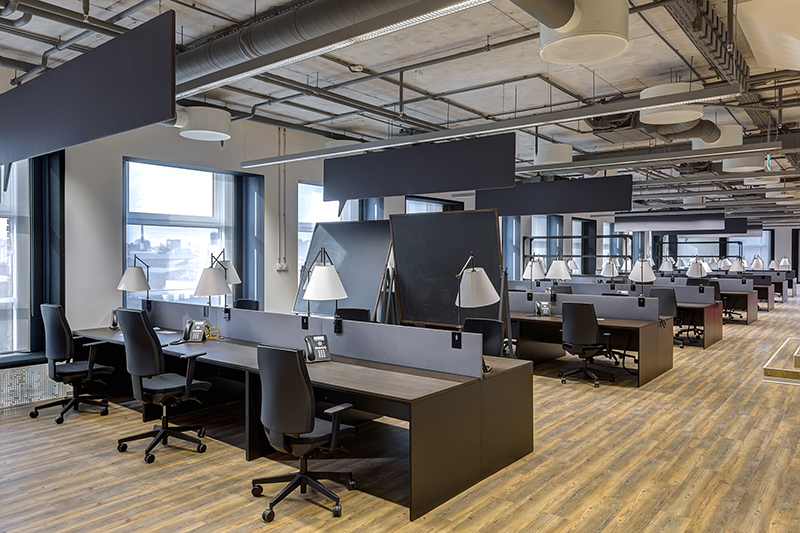Food Halls are Reviving Retail
Posted on July 5, 2018
An infographic by Faith Hope Consolo, chair of the retail sales and leasing division at Prudential Douglas Elliman, finds that “food is the new fashion.” Younger shoppers are more interested in “eating while shopping than their parents and grandparents,” and this behavior is leading to a trend in “eatertainment”-style properties. The report predicts by 2020, the number of food halls of 10,000 to 50,000 square feet in North America could reach 300 (up from 100 in 2017). Additionally, the report recommends a new rule of thumb for malls: 70 percent of their space toward food, entertainment and lifestyle experiences, while the remaining 30 percent should be dedicated to retail.







 In 1936, The New York Times claimed, “A rocket will never be able to leave the Earth’s atmosphere.” In 1943, the chairman of IBM said, “I think there is a world market for maybe five computers.” Advances and tools that once seemed impossible are now commonplace – from flying in a commercial airplane to holding a device as powerful as a computer in the palm of your hand.
In 1936, The New York Times claimed, “A rocket will never be able to leave the Earth’s atmosphere.” In 1943, the chairman of IBM said, “I think there is a world market for maybe five computers.” Advances and tools that once seemed impossible are now commonplace – from flying in a commercial airplane to holding a device as powerful as a computer in the palm of your hand. Development and construction of new commercial real estate in the United States – office, industrial, warehouse and retail – generates significant economic growth at the state and national levels. This annual study, “The Economic Impacts of Commercial Real Estate,” published by the NAIOP Research Foundation, measures the contribution to GDP, salaries and wages generated and jobs supported from the development and operations of commercial real estate.
Development and construction of new commercial real estate in the United States – office, industrial, warehouse and retail – generates significant economic growth at the state and national levels. This annual study, “The Economic Impacts of Commercial Real Estate,” published by the NAIOP Research Foundation, measures the contribution to GDP, salaries and wages generated and jobs supported from the development and operations of commercial real estate. Open ceilings, with their exposed ductwork and industrial vibe have become popular – but trendy rarely equals inexpensive. For many years, omitting the traditional drop ceiling was assumed to be not just cooler but also to cost less. Common sense seemed to be that by choosing open ceilings, the cost of the drop ceiling was simply avoided, saving on labor, materials and time.
Open ceilings, with their exposed ductwork and industrial vibe have become popular – but trendy rarely equals inexpensive. For many years, omitting the traditional drop ceiling was assumed to be not just cooler but also to cost less. Common sense seemed to be that by choosing open ceilings, the cost of the drop ceiling was simply avoided, saving on labor, materials and time. What do office and retail property owners need to know about triple net leases?
What do office and retail property owners need to know about triple net leases? AMID A CHALLENGING retail landscape dominated by news of brick-and-mortar store closings, the food hall has emerged as a promising opportunity for the commercial real estate industry and food entrepreneurs. Although food halls vary greatly in size and focus — ranging from “mega” halls, such as Mario Batali’s Eataly in Boston, Chicago and New York, to much smaller venues in aging strip malls, such as The Block in Annandale, Virginia, a suburb of Washington, D.C. — they all feature a mix of vendors offering high-quality artisanal food in a communal atmosphere.
AMID A CHALLENGING retail landscape dominated by news of brick-and-mortar store closings, the food hall has emerged as a promising opportunity for the commercial real estate industry and food entrepreneurs. Although food halls vary greatly in size and focus — ranging from “mega” halls, such as Mario Batali’s Eataly in Boston, Chicago and New York, to much smaller venues in aging strip malls, such as The Block in Annandale, Virginia, a suburb of Washington, D.C. — they all feature a mix of vendors offering high-quality artisanal food in a communal atmosphere.